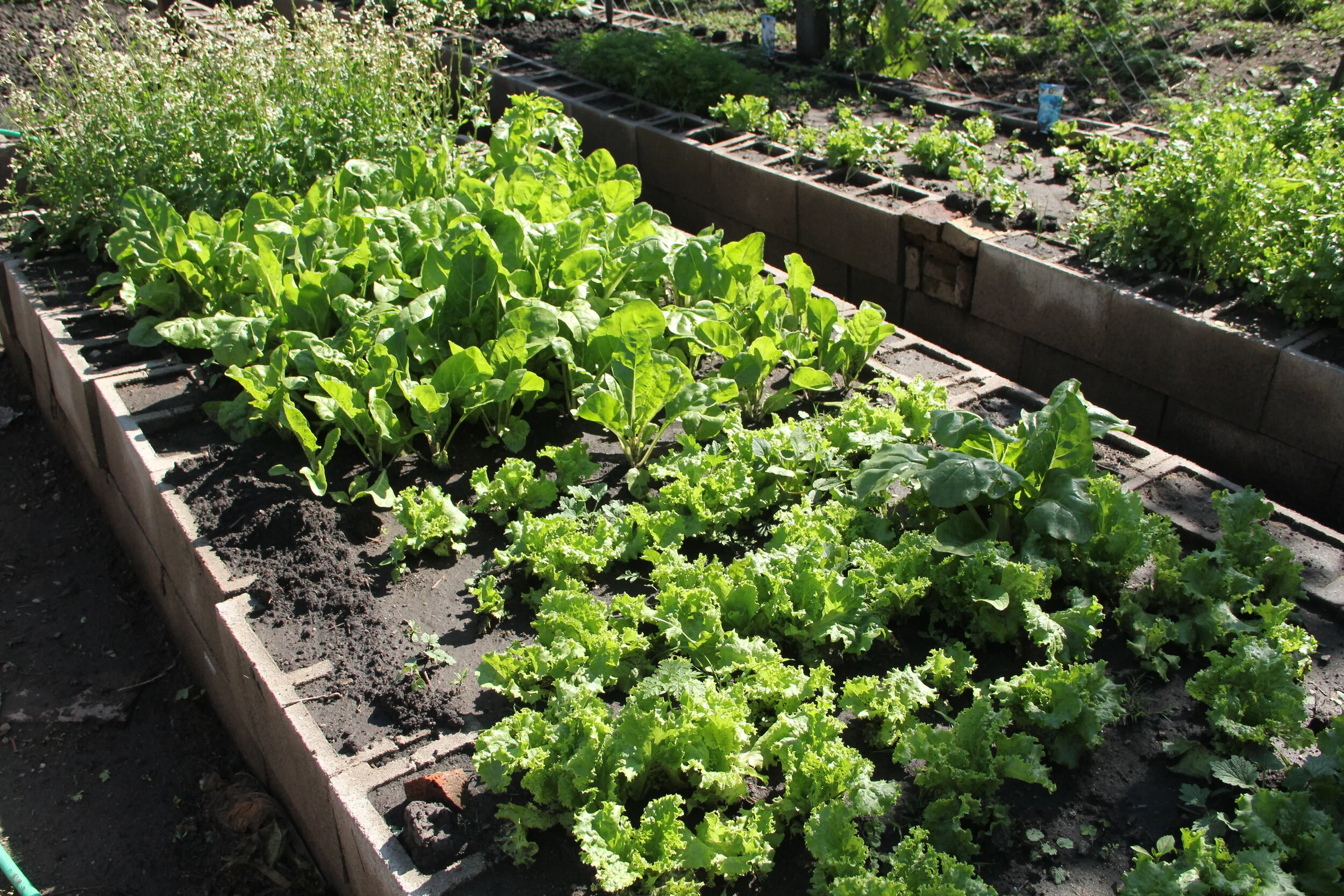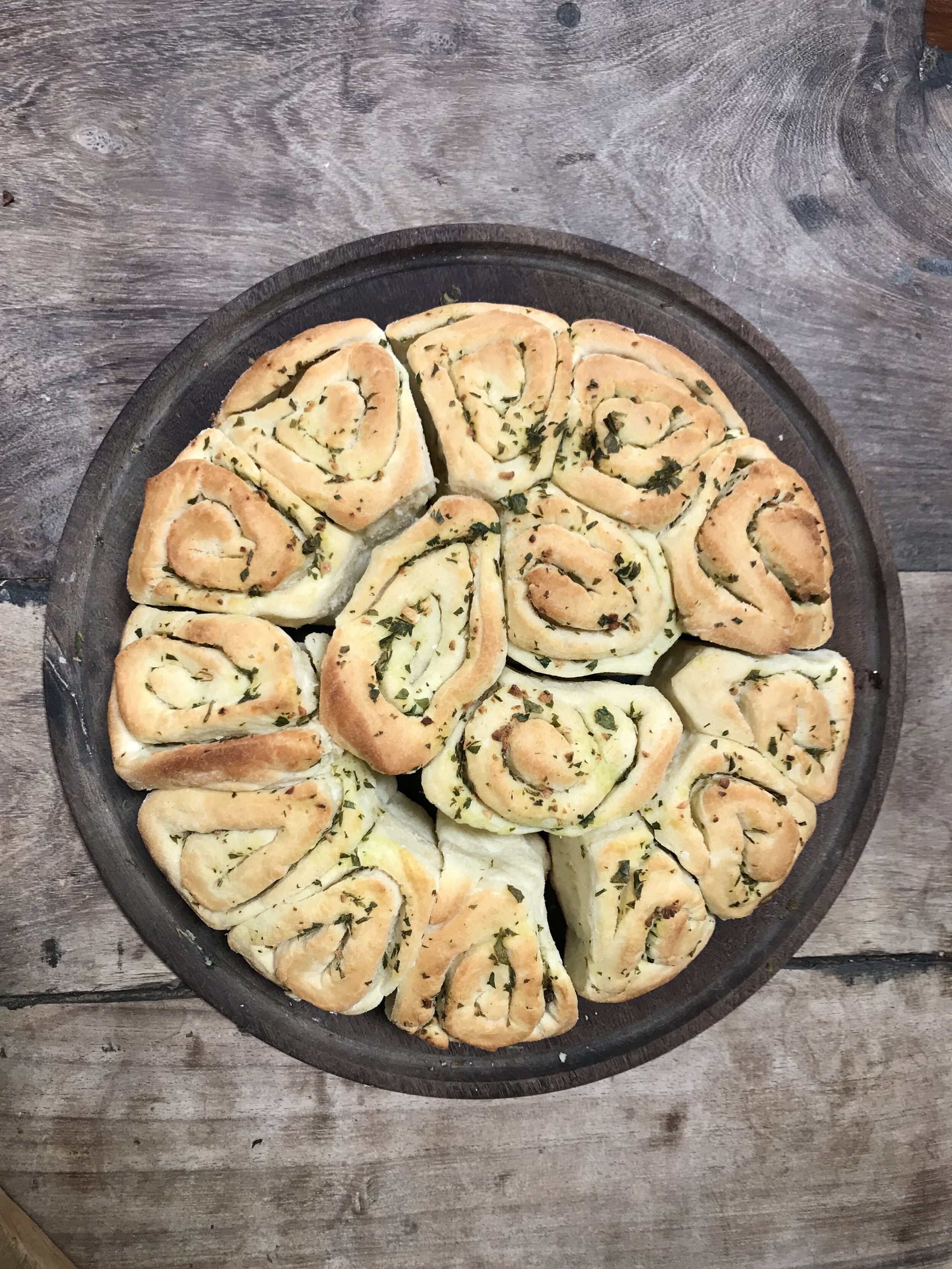Eaten with almost everything in Argentina, dulce de leche is spread on toast, used to fill facturas, decorate flans, or just eaten straight from the jar.
As the local legend tells it, the birth of dulce de leche can be put down to a culinary accident that occurred in 1829.
With the hope of ending a period of civil war in Argentina, the leaders of opposing political and military forces, Juan Manuel de Rosas and Juan Lavalle, decided to call a truce. Rosas invited Lavalle to sign the Cañuelas Pact at his headquarters on a large ranch called La Caledonia. Lavalle arrived at the ranch tired from the journey, and he decided to rest a bit before meeting with Rosas. He decided to take his siesta in the tent where Rosas normally slept.
Meanwhile, one of Rosas’ servants was busy preparing the ‘lechada’ - hot milk with sugar - that was drunk as an accompaniment to mate during that period. When the servant went to take some mate to Rosas, she found Lavalle in Rosas’ tent and panicked. Unaware of the planned meeting between the two leaders, she alerted the troops to the presence of the “enemy,” leaving the lechada unattended on the stove in the chaos. When she finally returned, she discovered that the contents of the pot had turned into a thick, gooey spread—what we know today as dulce de leche.



























